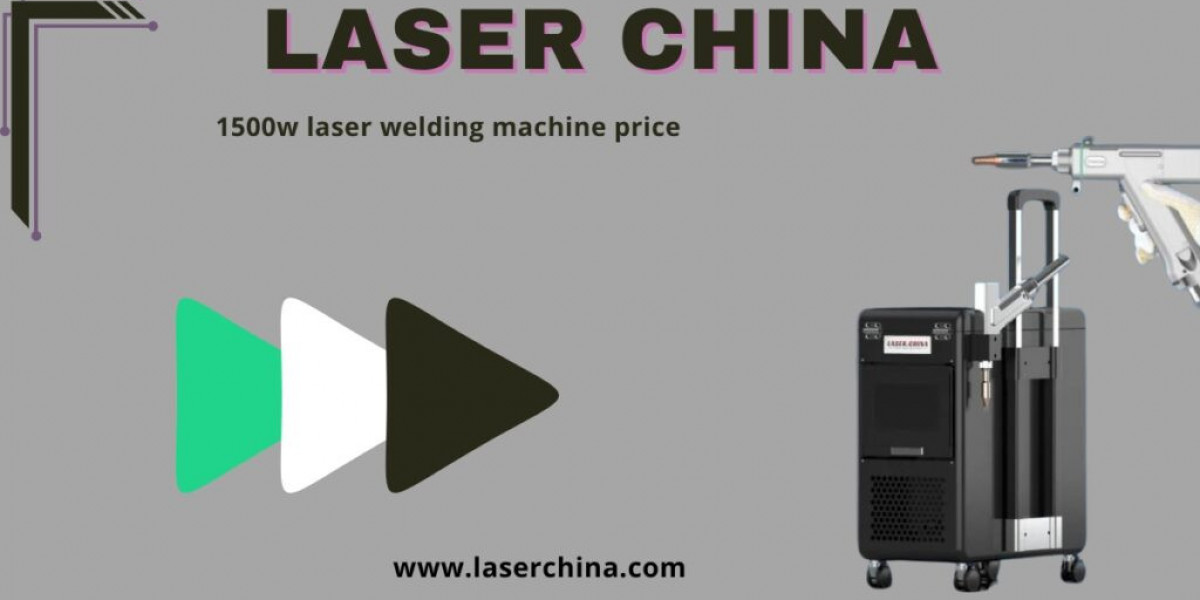Laser technology has become one of the most versatile and powerful tools in the modern era, with applications spanning across industries, medicine, research, defense, and even everyday life. Because lasers produce highly concentrated, coherent, and precise beams of light, they can be adapted for tasks that require accuracy, efficiency, and control. Understanding the wide range of laser applications highlights why this technology has become essential in our daily lives and industrial progress.
One of the most significant applications of lasers is in manufacturing and industry. Lasers are widely used for cutting, welding, drilling, engraving, and surface treatment of materials. For example, fiber lasers can cut metals like steel and aluminum with extreme precision and minimal waste, making them invaluable in the automotive, aerospace, and construction sectors. Laser engraving and marking are also popular for adding serial numbers, barcodes, or branding to products, ensuring traceability and quality control.
In the medical field, lasers have revolutionized treatments and surgeries. Eye procedures such as LASIK use lasers to reshape the cornea and correct vision. Dermatologists rely on lasers for skin resurfacing, scar reduction, tattoo removal, and hair removal. Dentists use them for cavity treatment and gum reshaping, offering patients less pain and faster recovery. The precision of lasers allows doctors to target only the affected tissues while minimizing damage to surrounding areas, making treatments safer and more effective.
Lasers also play a critical role in communication technology. Fiber-optic systems that form the backbone of the internet rely on laser beams to transmit information through optical fibers at the speed of light. This technology enables high-speed internet, video calls, cloud computing, and global data transfer. Without laser-based communication systems, the digital world as we know it would not function.
In scientific research, lasers are indispensable tools. They are used in spectroscopy to study the composition of materials, in astronomy to measure distances in space, and in physics experiments that require controlled energy sources. Lasers are also vital in developing quantum computing, where their precision enables the manipulation of quantum states for advanced calculations.
The defense and security sector has also adopted laser technology. Military applications include laser-guided weapons, range-finding, and emerging directed-energy weapons. Lasers are used for surveillance, detecting explosives, and even disabling enemy drones. Their speed and accuracy make them suitable for both offensive and defensive strategies.
Even in everyday life, lasers are present in more ways than people realize. Common applications include barcode scanners at supermarkets, CD/DVD players, laser printers, projectors, and laser pointers used in classrooms or presentations. Entertainment industries use laser shows for visual effects at concerts and events, showcasing their creative potential beyond industrial and scientific uses.
The main advantages of laser applications are precision, speed, versatility, and efficiency. They reduce errors, save time, and often provide results that are impossible with traditional methods. While safety precautions are necessary—since exposure to strong laser beams can harm eyes and skin—the benefits of laser technology far outweigh the risks.
In conclusion, laser applications are vast and diverse, covering industry, healthcare, science, communication, defense, and everyday use. Their adaptability and reliability continue to expand possibilities in modern technology, ensuring that lasers will remain a cornerstone of innovation for years to come.














